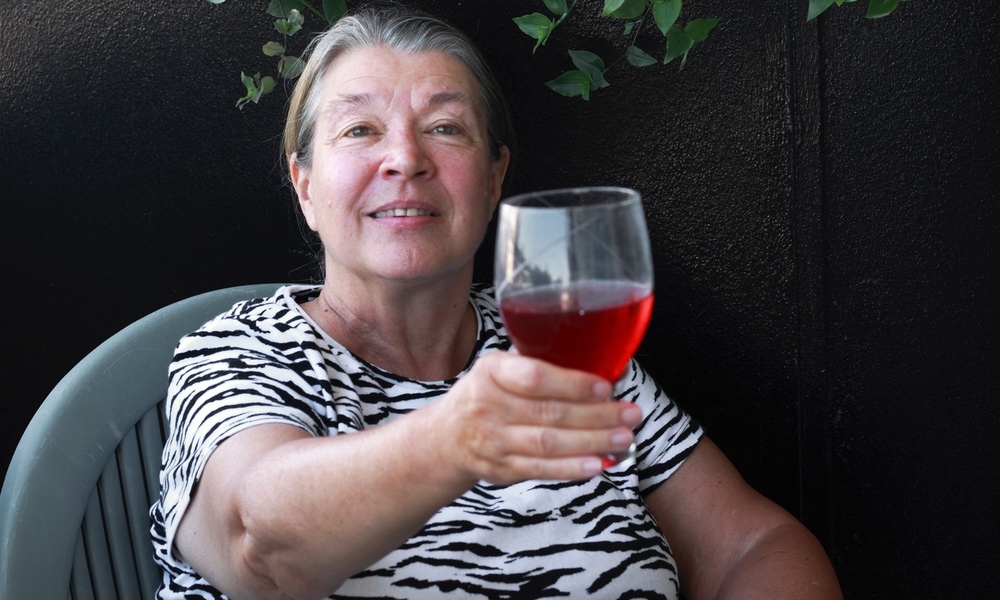A recent study once again shows that you're never too old to start exercising. The study found substantial improvement in the amount of blood flowing to the brains of elderly women after the women followed a three-month program of brisk walking.
People's blood flow in general and to the brain in particular tends to slow as they age. This study suggests that people in their 60s and 70s can help reverse this trend by exercising.
Healthy tissue needs good blood flow. This is as true for brain tissue as it is for the rest of the body. Better blood flow provides more nutrients, oxygen and energy. It also means increased removal of metabolic wastes. But people's blood flow in general and to the brain in particular tends to slow as they age. This study suggests that people in their 60s and 70s can help reverse this trend by exercising.
Many other studies have suggested that exercise improves brain function in older adults, but don't reveal why exercise works. This study suggests that increasing blood flow to the brain is part of the reason. The study doesn't show that the improved blood flow leads to improved mental abilities. But it certainly can't hurt.
The eight women in the study had been leading sedentary lives (not exercising). At the start of the study, the researchers first assessed each woman's general physical health. They then measured the women's aerobic capacity — the maximum amount of oxygen they could use during exercise. From this information, the researchers tailored a walking program to fit each woman's level of fitness.
Like most exercise programs, this one started out slowly and gradually increased in intensity.
Women started out walking at a pace that required 50-60% of their maximum oxygen usage for 30 minutes, three times a week. By the end of the study, this had increased to four such sessions of 50 minutes each week plus two additional 30 minute sessions at 70-80% of their aerobic capacity.
The researchers used Doppler ultrasonography to measure the blood flow in the women's carotid arteries before the study's start and after its conclusion. The carotid arteries are located in the neck and transport oxygenated blood upwards to the brain. So blood flow in the carotid artery is a measure of how much blood is flowing upwards to the brain.
The ages of the women in the study ranged from 62-78 and averaged 70. The researchers don't say, but it's certainly possible that the women felt a lot younger at the end of the study than they did at the beginning.
The research was conducted by Rong Zhang, PhD and colleagues at Texas Health Presbyterian Hospital's Institute for Exercise and Environmental Medicine. The results of the study were presented at EB 2011, the Experimental Biology meeting held in Washington, D.C. from April 9-13. The study has not yet been published in a peer-review journal.




